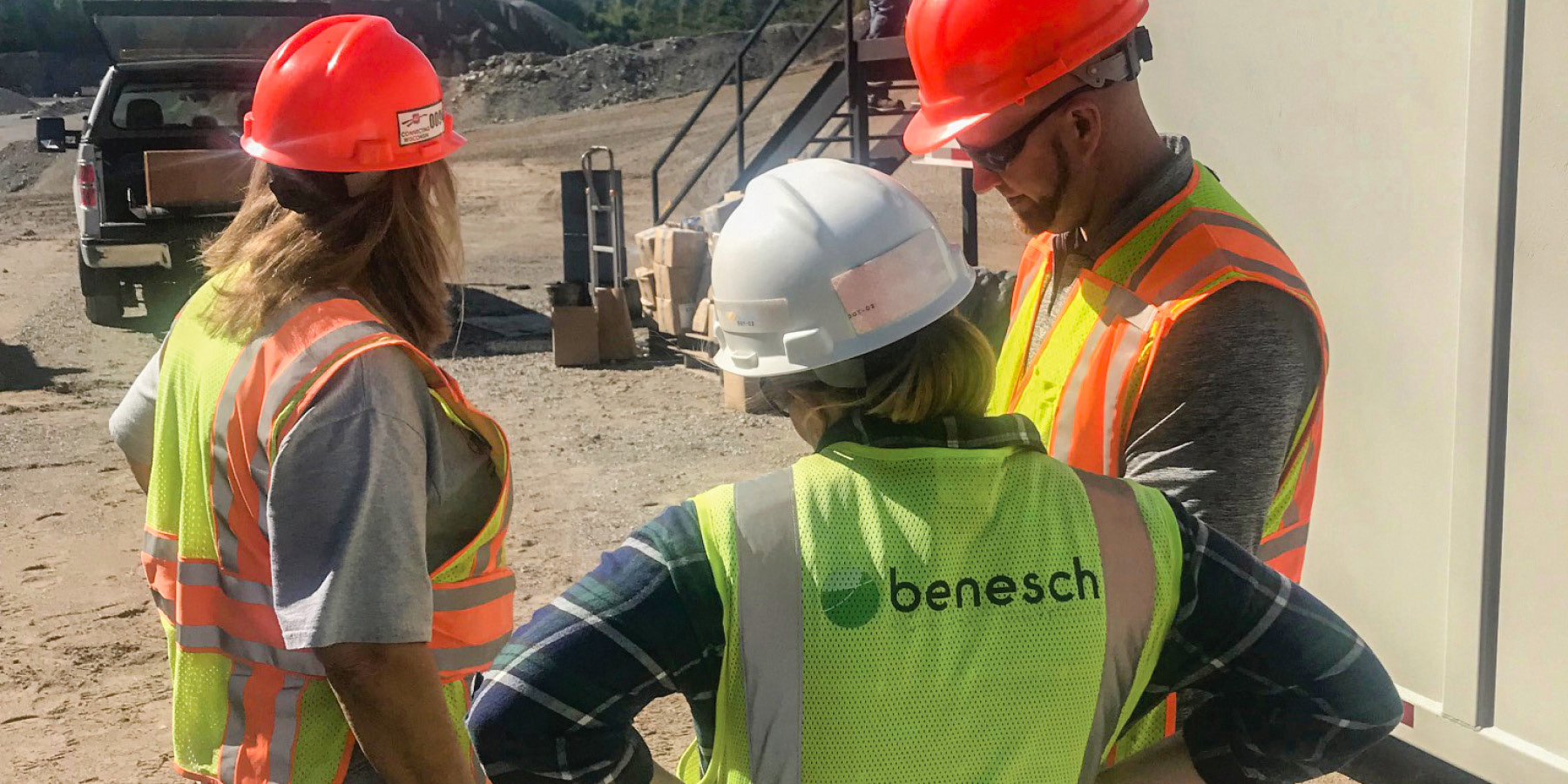Top Benefits of a Full Construction Schedule Review

We’ve all heard famous line ‘the best laid plans of mice and men often go awry.’ While that may be true, experience tells Benesch Resident Project Manager Elaine Carroll that when it comes to construction projects, a careful schedule review is often the key to ensuring success.
In this article, Elaine explains the value of a full construction schedule review and how leveraging detailed schedule documents and updates can yield time and cost savings.
Meet Our Expert
When working on a project, it’s important to look at your construction schedule as more than just a timeline of events. Your schedule has the potential to be a powerful tool for proactive management of challenging project components and sequences. Using this tool effectively both at the start of a project and as it progresses yields several distinct benefits.
Set the Project Up for Success
A lot of moving pieces go into ensuring project success and the construction schedule needs to take them all into consideration. After your contractor submits a schedule, having another set (or two or three) of eyes on it goes a long way in making sure all variables have been accounted for.
This review includes a detailed analysis of the critical path, which is the sequence of activities that determine the project’s overall duration, and the identification of any potential delays, conflicts or risks that may impact the schedule. The purpose of the review is to ensure that the project is adequately planned and managed, the schedule is realistic and achievable, the resources are allocated efficiently, and the project goals and objectives are met within the agreed-upon timeframe and budget.
When I review the plans, I not only make sure everything that’s significant to the project is included, but I also look at outside factors that could affect the successful construction of a project. Things like utility relocation or coordination with an adjacent project are taken into consideration and updates are requested as needed.
Discover Issues Before They Arise
Construction schedule reviews give us the opportunity to look at project details from every angle and make sure that we’re protecting our clients’ interests. For example, I reviewed one project where the bridge beams were scheduled to be set before the piers were finished. It’s not that they really intended to do that, but they didn’t have the correct logic built into the schedule. Of course, the contractors would eventually realize that isn’t feasible, but addressing that discrepancy before construction begins prevented issues that could have gotten the project off schedule. This error was easy to catch, but we often see smaller less obvious logic errors during our review that have the potential to impact the budget if not addressed.
Time and time again, these reviews help us identify potential risks or issues that may arise during construction and ensure that proper measures are put in place to mitigate them and avoid costly delays or rework.
Identify Opportunities to Save Time and Money
Something clients have really come to appreciate about the reviews Benesch provides is the dual perspective we offer. Because we have both the engineering and construction knowledge, we’re able to look at the schedule and often identify ways to adjust it to save them time and money.
When I look at a schedule, yes, I’m looking for any logic issues, but I’m also looking for ways to protect the project from future extensions. A thorough review of the construction schedule can help identify areas where work can happen concurrently. Doing the legwork upfront to identify those items means we can proceed “out of sequence” to minimize the impact of any delays. This means our clients’ budgets and schedules are better protected.
In addition to the full schedule review before construction begins, we also keep an eye on the schedule as construction progresses. Typically, contractors provide a monthly update. I’ll compare the planned schedule to actual progress to identify any deviations or variances and adjust the schedule accordingly. I also check for any logic changes. These regular reviews also help us identify why a project might be behind and what can potentially be done to get things back on track.
Even though this happened several years ago, the Chicago Riverwalk is the perfect example of how scheduling modification and a collaborative effort can save the day—even when delays are caused by unforeseen events. During construction, the Chicago River froze causing planned construction to stop abruptly. As we waited for the river to thaw, I worked with the contractor and client to identify areas in the schedule where we could overlap activities by adding crews. By executing this revised plan, we were able to make up some of the lost time.
In this case and so many others, looking at your construction schedule as more than just a timeline of events is what made the difference. Your schedule has the potential to be a powerful tool for proactive management of project components and, occasionally, a way to get projects back on track after unforeseen events.
Interested in more construction management insight? Check out this article for tips on setting projects up for success and follow Benesch on LinkedIn for more industry news and insights.





